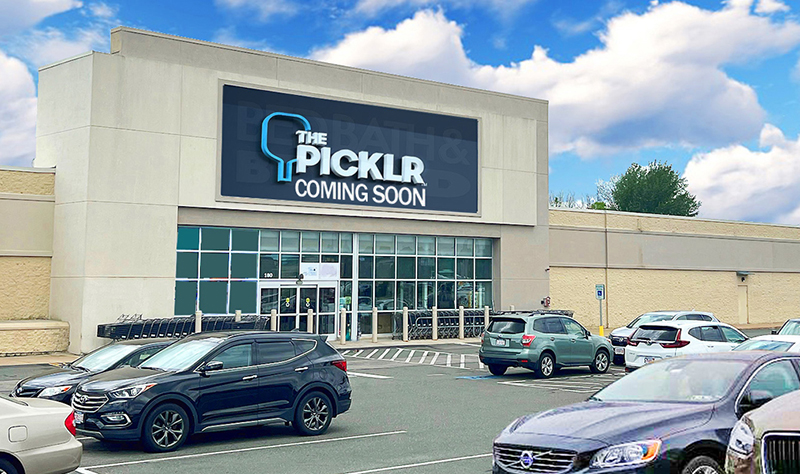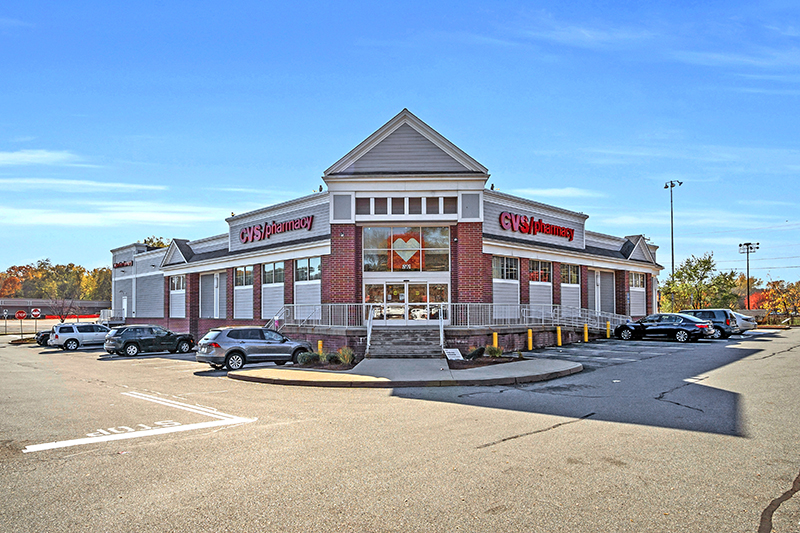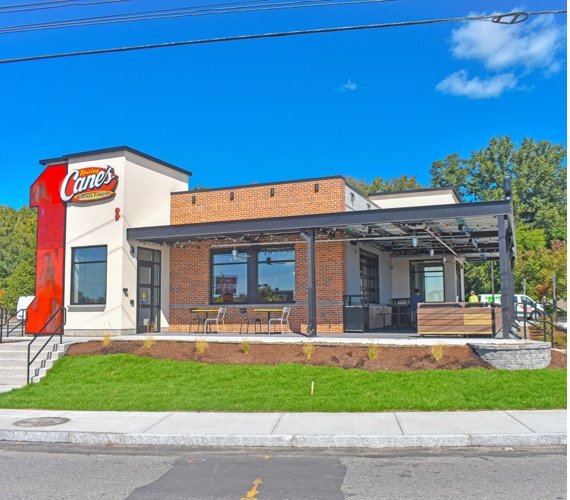News: Retail
Posted: January 21, 2010
Non-traditional users are the answer in redeveloping underutilized commercial properties
The vast majority of retail development over the next 3 to 5 years will be focused on redeveloping existing commercial properties. There will be very little new construction and the era of large scale shopping centers and big box expansion is over until the residential sector rebounds. The future of retail development will primarily be community based solutions incorporating non-traditional users.
Non-traditional users are viable alternatives for the repurposing of distressed or underutilized commercial properties. They can also be the catalyst for sustainable development, job creation and increased revenues for cities and towns.
Why is the market moving in this direction? The ongoing recession is having a dramatic impact upon the nation's commercial real estate sector. The combination of high unemployment and lack of available credit means that there are still tough times ahead for retailers and landlords.
According to a recent report by research firm Real Capital Analytics, the amount of distressed commercial real estate properties in the U.S. has reached a record $180 billion dollars with retail properties leading the way. We may see this number soar if retailers continue to shrink their store base while others curtail their expansion plans.
An unprecedented shift is now required to absorb the incredible void of retail space left vacant by the recent store consolidations and liquidations and the abundance of office space left vacant due to corporate downsizing. There simply is not enough retail growth left to fill these spaces.
The solution to this dilemma is to repurpose distressed commercial properties with forward looking, out of the box alternatives. Creating the opportunity for mixed-use development within these properties, designed specifically to accommodate non-traditional users, will allow for a more viable, robust and lasting tenant mix. Non-traditional users will eventually replace the more acceptable mixed-use components of office and residential. These non-traditional users will provide the captive audience these properties crave, while instilling new energy and vitality through an expanded tenant mix.
Non-traditional users include: medical, civic, religious and recreational activities. Even though the residential market is soft, some underutilized properties could also provide diversified housing choices or workforce housing that most communities crave. Also, diversified housing catering to local residents can be very influential in appeasing municipalities and aid in the entitlement and approval process.
An added benefit to incorporating non-traditional tenants is that they will not be as readily impacted by the economic cycles as retail is, providing property owners with added security during future downturns. Non-traditional tenants also provide goods and services and can stitch a property tighter into the fabric of the community. The end result is a sustainable property.
In 1987, the United Nations released the Brundtland Report, which defines sustainable development as "development which meets the needs of the present without compromising the ability of future generations to meet their own needs." Repurposed commercial properties as mixed-use developments with non-traditional users fulfill this definition. The "triple bottom line" becomes reality by providing a social, economic and environmental solution for distressed or underutilized properties.
The key to success in repurposing any commercial property will be to create a win-win-win situation for the main stakeholders - property owners, tenants and the communities where the properties are located.
Property owners are looking for low vacancy rates which will increase the value of their property, generate more revenue, increase rents and protect them from co-tenancy issues.
Non-traditional tenants are looking for the opportunity to reach their customers in a more convenient setting or to move their operation closer to its workforce. They move communities closer to becoming more walkable.
Communities need tax revenues to hold steady or increase over time. They can not afford to lose their commercial tax base. Also, vacant space can lead to blighted areas with boarded up storefronts which will erode property values. The lack of activity at these properties will create an unsafe feeling for the community which will further erode values. This downward spiral can be reversed by repurposing underutilized commercial properties.
Repurposing commercial properties with non-traditional users is not only viable but also a necessity for the continued growth and stimulation of the local and national economy. This approach is also sustainable. Who knew that growing green can be going green?
James Kimball, Jr., AIA is a principal at Phase Zero Design, Simsbury, Conn.
Tags:
Retail
MORE FROM Retail
Mace of KeyPoint Partners negotiates 36,192 s/f lease for The Picklr at Endicott Square
Danvers, MA KeyPoint Partners (KPP) negotiated a lease with the nation’s premier indoor pickleball venue The Picklr at Endicott Sq. Vice president of retail brokerage Don Mace negotiated the transaction on behalf of the landlord.




.jpg)



